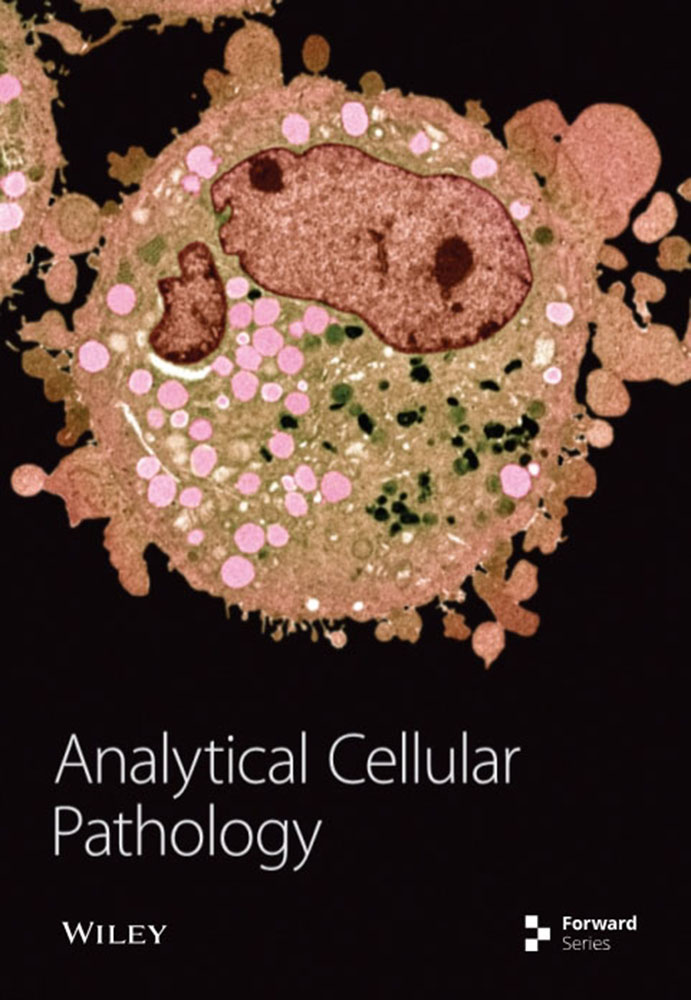磷脂酶 D--一种新的治疗靶点--有助于神经退行性疾病和神经免疫疾病的发病机制
IF 2.7
4区 医学
Q3 CELL BIOLOGY
引用次数: 0
摘要
磷脂酶 D(PLD)是一种由六种同工酶(PLD1-PLD6)组成的酶,已在细菌、病毒、植物和哺乳动物等不同生物体中被发现。PLD 参与调节神经细胞的多种生理过程,如细胞骨架调节、增殖/生长、囊泡贩运、形态发生和发育。同时,PLD 在神经退行性疾病和神经免疫疾病的发病机制中也发挥着重要作用。本综述总结了 PLD 的家族成员、特征、结构、功能和相关信号通路以及治疗价值,并以阿尔茨海默病(AD)、帕金森病(PD)等五种代表性疾病为例,阐述了 PLD 在这些神经系统疾病中的参与作用。值得注意的是,最近在开发 PLD 治疗研究工具方面取得的进展设想了新的治疗干预措施。此外,还分析和讨论了基于 PLD 疗法的局限性。本综述的内容为进一步研究开发 PLD 在治疗神经退行性疾病和神经免疫疾病中的潜力提供了全面合理的依据。本文章由计算机程序翻译,如有差异,请以英文原文为准。
Phospholipase D, a Novel Therapeutic Target Contributes to the Pathogenesis of Neurodegenerative and Neuroimmune Diseases
Phospholipase D (PLD) is an enzyme that consists of six isoforms (PLD1–PLD6) and has been discovered in different organisms including bacteria, viruses, plants, and mammals. PLD is involved in regulating a wide range of nerve cells’ physiological processes, such as cytoskeleton modulation, proliferation/growth, vesicle trafficking, morphogenesis, and development. Simultaneously, PLD, which also plays an essential role in the pathogenesis of neurodegenerative and neuroimmune diseases. In this review, family members, characterizations, structure, functions and related signaling pathways, and therapeutic values of PLD was summarized, then five representative diseases including Alzheimer disease (AD), Parkinson’s disease (PD), etc. were selected as examples to tell the involvement of PLD in these neurological diseases. Notably, recent advances in the development of tools for studying PLD therapy envisaged novel therapeutic interventions. Furthermore, the limitations of PLD based therapy were also analyzed and discussed. The content of this review provided a thorough and reasonable basis for further studies to exploit the potential of PLD in the treatment of neurodegenerative and neuroimmune diseases.
求助全文
通过发布文献求助,成功后即可免费获取论文全文。
去求助
来源期刊

Analytical Cellular Pathology
ONCOLOGY-CELL BIOLOGY
CiteScore
4.90
自引率
3.10%
发文量
70
审稿时长
16 weeks
期刊介绍:
Analytical Cellular Pathology is a peer-reviewed, Open Access journal that provides a forum for scientists, medical practitioners and pathologists working in the area of cellular pathology. The journal publishes original research articles, review articles, and clinical studies related to cytology, carcinogenesis, cell receptors, biomarkers, diagnostic pathology, immunopathology, and hematology.
 求助内容:
求助内容: 应助结果提醒方式:
应助结果提醒方式:


